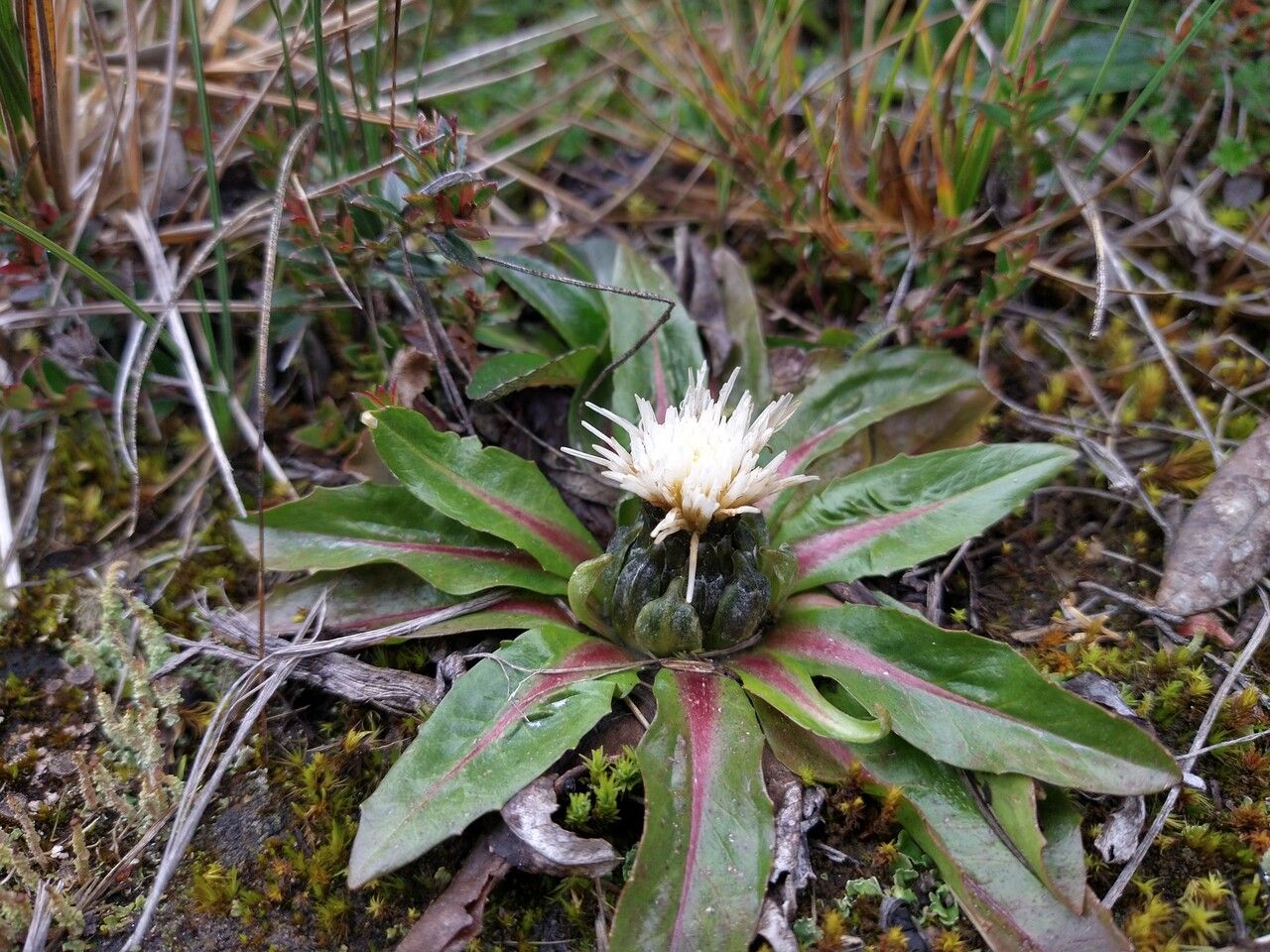From One to Many: The Easy Charm of Propagating “False Dandelion”
If you’re looking for a plant that’s both beautiful and easy to multiply, look no further than Hypochaeris sessiliflora, more commonly known as “False Dandelion”. This charming wildflower, with its cheerful yellow blooms, is a breeze to propagate, allowing you to share its vibrant presence throughout your garden or with fellow plant enthusiasts.
Why Propagate Hypochaeris sessiliflora?
- Easy & Abundant: This plant produces a generous supply of seeds, making propagation a simple process.
- Fast Growth: Once established, False Dandelion quickly spreads, filling your garden with its cheerful blooms.
- Attracts Pollinators: Its bright yellow flowers are a magnet for bees, butterflies, and other beneficial insects.
- Versatile: It adapts well to various soil types and conditions, making it an excellent choice for gardeners of all skill levels.
Propagation Methods:
Seed Propagation: Sow seeds directly into the garden during spring or fall. False Dandelion prefers full sun to partial shade and well-drained soil. Scatter the seeds thinly across the area, gently press them into the soil, and water them lightly. With a little patience, you’ll soon see tiny seedlings emerge.
Division: A simple and effective method for established plants. In spring or fall, gently dig up a clump of False Dandelion and carefully separate it into smaller sections, each with healthy roots and leaves. Plant each division in its own pot or directly in the ground.
- Cuttings: While not as common, False Dandelion can also be propagated through cuttings. Take stem cuttings in spring or summer, ensuring each cutting has a few leaves and a node at the base where roots will form. Dip the cut end in rooting hormone and plant it in a moist, well-draining potting mix. Cover the pot with a plastic bag to create a humid environment and place it in a bright, shaded location.
The Joy of Sharing:
Once your False Dandelion plants are well-established, you can easily share their beauty with others. Offer them as gifts, donate them to local community gardens, or start a plant swap with your friends and neighbors.
Beyond the Garden:
False Dandelion’s adaptability makes it a great addition to wildflower meadows, naturalized areas, and even container plantings. It’s also a valued food source for wildlife, attracting birds, squirrels, and even deer.
Tips for Success:
- Choose a sunny spot: False Dandelion thrives in full sun to partial shade.
- Well-drained soil: Avoid planting in areas with poor drainage, as this can lead to root rot.
- Water sparingly: Established plants are drought-tolerant and only need watering during periods of intense heat or prolonged dry spells.
- Deadhead regularly: Removing spent flower heads encourages the plant to produce more blooms.
From the beautiful blooms to its effortless propagation, Hypochaeris sessiliflora offers a delightful experience for gardeners of all levels. Enjoy the magic of this resilient and charming wildflower, and share its cheerful spirit with others!

